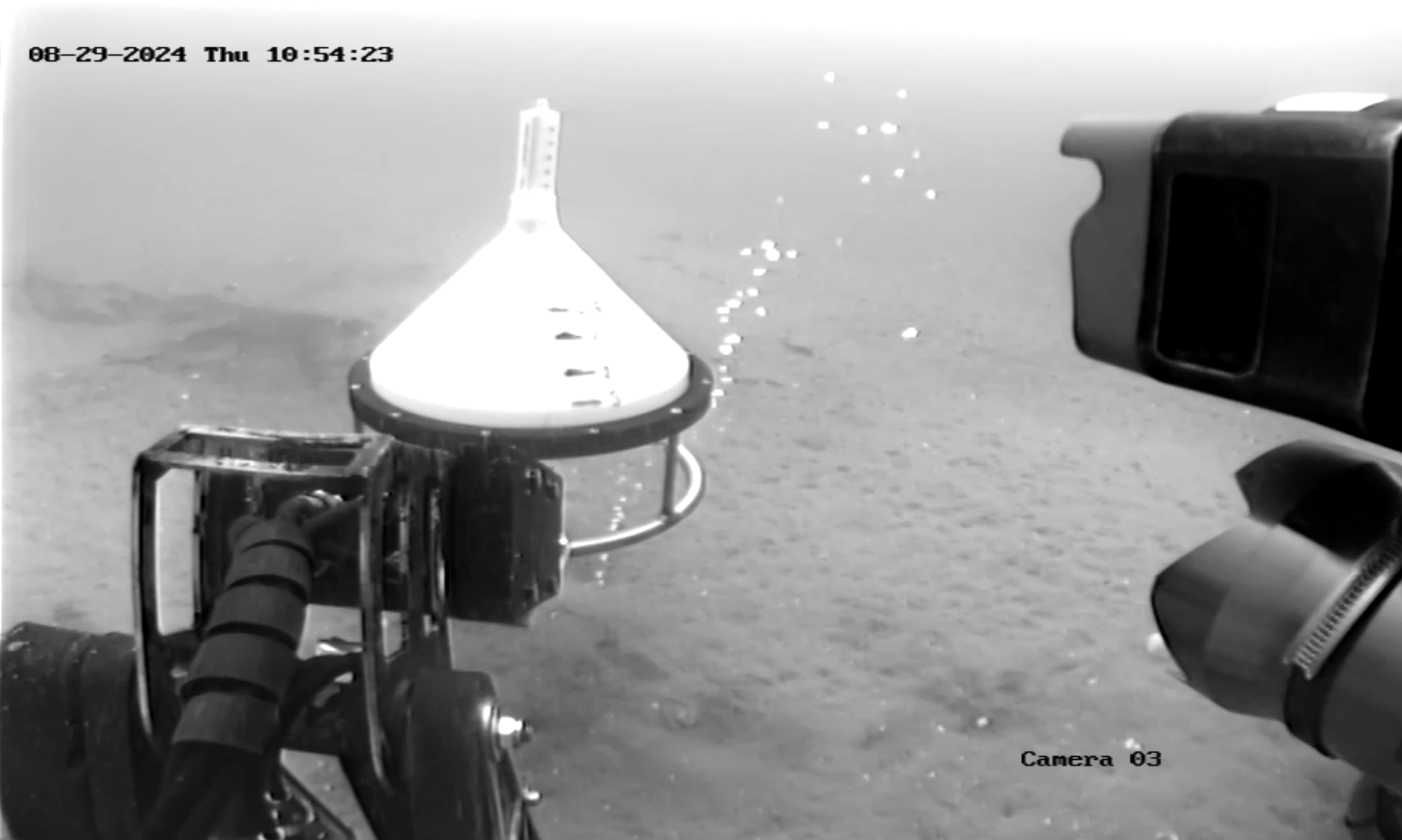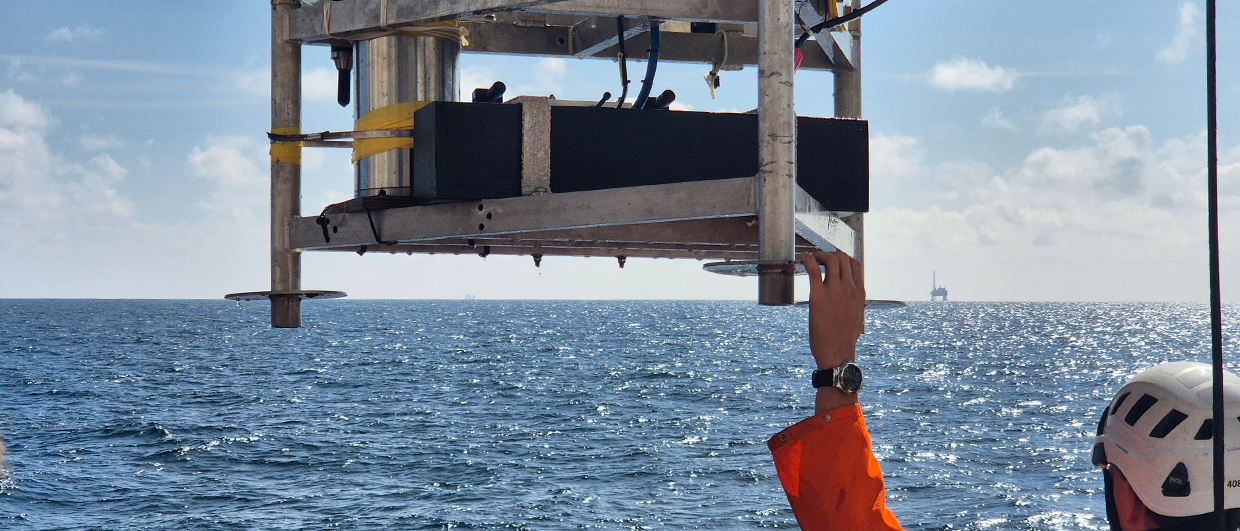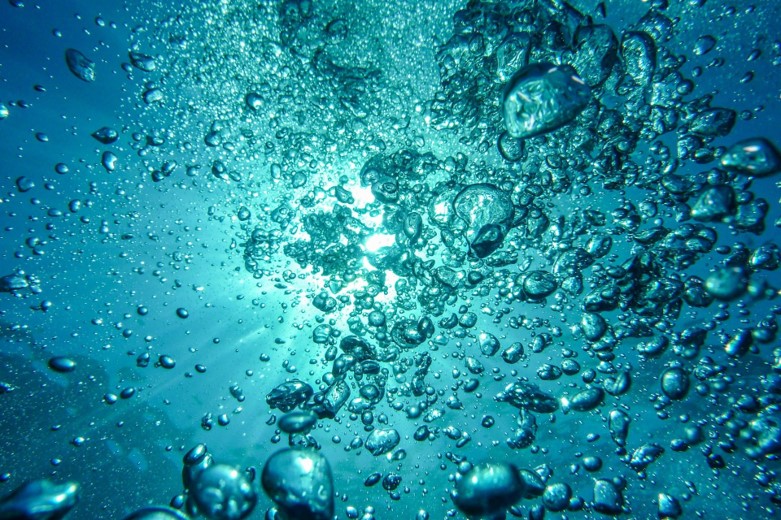In a study recently published in National Science Review (NSR), the North Sea appears to be the basin that is home to the largest emitters of methane from abandoned oil and gas wells. This has already raised eyebrows with journalists, and calls into question abandoning procedures upheld in the UK and the Netherlands, where the highest emissions were reported from. The authors claim that “offshore abandoned oil and gas wells represent a persistent source of methane emissions (…) contributing to marine methane concentration and global warming.”
But how reliable are these conclusions from a team of researchers led by author Tianyang Lei, who has a dual position at Tsinghua University in Beijing and University College London?
Not very reliable, as it turns out.
I was approached by two geologists from TNO – Geological Survey of the Netherlands – Geert de Bruin and Martin Wilpshaar. They have been researching methane leakage from abandoned wells on the Dutch part of the North Sea for years, and they found serious flaws in the approach used in the NSR article to calculate methane emissions from the Dutch sector.
Do you want to know more about the ongoing research into methane leaks from abandoned wells in the North Sea? Consider attending this conference in November in Utrecht, The Netherlands: Addressing Methane Emissions: Challenges and Solutions – 13 & 14 November
First of all, the authors did not understand the nomenclature used in publicly available data, listing the status of the 1,400 abandoned wells drilled in the Dutch sector. They wrongly assumed that all abandoned wells are unplugged. In reality, abandoned wells will have been plugged, in accordance with the Dutch Mining Law. Moreover, abandonment reports are available on the same website as well, making it very easy to check the abandonment status.

Then, the team of researchers singled out one plugged and abandoned onshore well that was found leaking methane as representative of all “unplugged” offshore wells, arriving at the unrealistically high cumulative number of 0,2 M t of methane reported in the paper. There is also no mention that this single onshore well formed part of a detailed study including 29 onshore wells, in which 28 wells were not leaking at all. Extrapolating a single onshore well to over 1,400 offshore wells is a questionable practice.
This approach to arrive at an estimate of total methane emissions from abandoned wells is therefore deeply flawed and should be discarded. The question is how such a methodology can pass a peer review process and end up in a journal with a very high impact factor of 17.
At a more realistic end of the spectrum are the results of a recent survey that was carried out across the Dutch part of the North Sea, where Geert de Bruin concluded that less than two percent of the abandoned wells in the Dutch part of the North Sea are leaking methane originating from shallow gas accumulations. In addition, the researchers also concluded that the degree of methane leakage at these wells is far less in intensity than nearby locations where methane seeps up from the seabed through natural seepage.
These observations once more reiterate how far-fetched the conclusions of the above-mentioned paper are. The authors should consider withdrawing the contribution.




